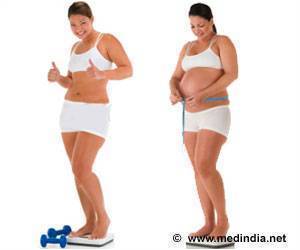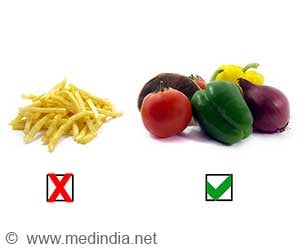Root cause of declining physical activity in mum’s life is directly linked to number and ages of their children.
- Less than 50% of mums are able to meet their physical activity goal
- Number and age of children is directly linked to mother’s physical activity level //
- Tips on how you can be the ‘fit mum’
Physical activity in working mothers: Running low impacts quality of life
Go to source).
TOP INSIGHT
With more than 50% of drop in the physical activity of mums, studies correlate the cause the number of children and their ages.
How does Low Physical Activity Impact Mother’s Health?
Evidence suggests that low physical activity can decrease cardiovascular function, increase the risk of gestational diabetes mellitus, hypertension, and weight gain. It is also suggested that it may impact the neurodevelopment of child among to-be-mothers (2✔ ✔Trusted SourceMaternal Physical Activity During Pregnancy and the Effect on the Mother and Newborn: A Systematic Review
Go to source). To examine how family composition affected the amount of physical activity mothers are engaged in, researchers at the University of Cambridge and University of Southampton analyzed data from 848 women who participated in the UK Southampton Women’s Survey. The women, aged 20-34 years, were recruited between 1998 and 2002 and followed up over subsequent years. They were given accelerometers to assess their levels of activity.
Why are Women not Able to Exercise Daily?
Number of children has a huge impact on the fall of physical activity of women.In the Cambridge study it was observed that women with school-aged children did on average around 26 minutes of moderate-to-vigorous physical activity per day, whereas mothers with only younger children (aged four years or under) managed around 18 minutes per day.
Having more than one child meant mothers managed only around 21 minutes of moderate-to-vigorous physical activity per day, but interestingly, mums with multiple children all under five years old did more light intensity activity than those with children of school-age.
After this study it was clear that less than 50% of mothers met the recommended levels of moderate-to-vigorous physical activity (150 minutes per week), regardless of the ages of their children.
How does Age of Children Impact Physical Activity Routine?
“When you have small children, your parental responsibilities can be all-consuming, and it’s often hard to find the time to be active outside of time spent caring for your children. Exercise is often therefore one of the first things to fall by the wayside, and so most of the physical activity mums manage to do seems to be of a lower intensity", said Dr. Kathryn Hesketh from the Medical Research Council (MRC) Epidemiology Unit at the University of Cambridge.“However, when children go to school, mums manage to do more physical activity. There are a number of possible reasons why this might be the case, including more opportunities to take part in higher intensity activities with their children; you may return to active commuting; or feel more comfortable using time to be active alone.”
Rachel Simpson, a Ph.D. student in the MRC Epidemiology Unit, added: “There are clear benefits, both short term and long term, from doing more physical activity, particularly if it increases your heart rate. But the demands of being a mother can make it hard to find the time. We need to consider ways not only to encourage mums, but to make it as easy as possible for busy mums, especially those with younger children, to increase the amount of higher intensity physical activity they do.”
Professor Keith Godfrey from the MRC Lifecourse Epidemiology Centre and the NIHR Southampton Biomedical Research Centre said: “It is perhaps not unexpected that mothers who have young children or several children engage in less intense physical activity, but this is the first study that has quantified the significance of this reduction. More needs to be done by local government planners and leisure facility providers to support mothers in engaging in physical activity (3✔ ✔Trusted Source
The association between maternal-child physical activity levels at the transition to formal schooling: cross-sectional and prospective data from the Southampton Women's Survey
Go to source).”
How can Mothers add Exercise to their Daily Routine?
Tips for mums to find time to exercise and be the ‘fit mum’:- Exercise first thing in the morning even before your children wake up.
- Walk to nearby places to get your favorite meal with your kids.
- Take a walk in the shopping malls and grocery stores with your kids.
- Do exercises with your young ones to have that bonding session with them.
- Hit the gym when they are in school.
- Enroll them in some classes that will help them with self development and give you the time and space to workout.
- Physical activity in working mothers: Running low impacts quality of life - (https://pubmed.ncbi.nlm.nih.gov/32495707/)
- Maternal Physical Activity During Pregnancy and the Effect on the Mother and Newborn: A Systematic Review - (https://pubmed.ncbi.nlm.nih.gov/33361475/)
- The association between maternal-child physical activity levels at the transition to formal schooling: cross-sectional and prospective data from the Southampton Women's Survey - (https://pubmed.ncbi.nlm.nih.gov/30786904/)
Source-Medindia
 MEDINDIA
MEDINDIA





 Email
Email









